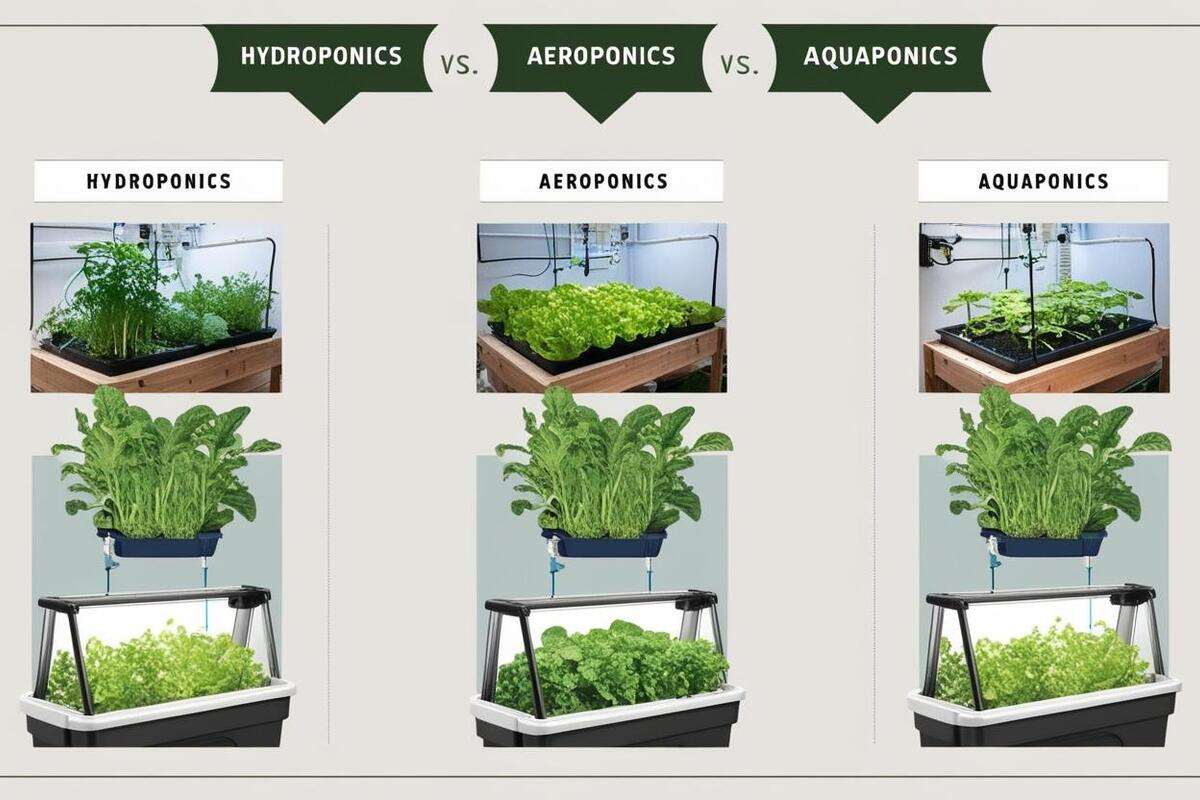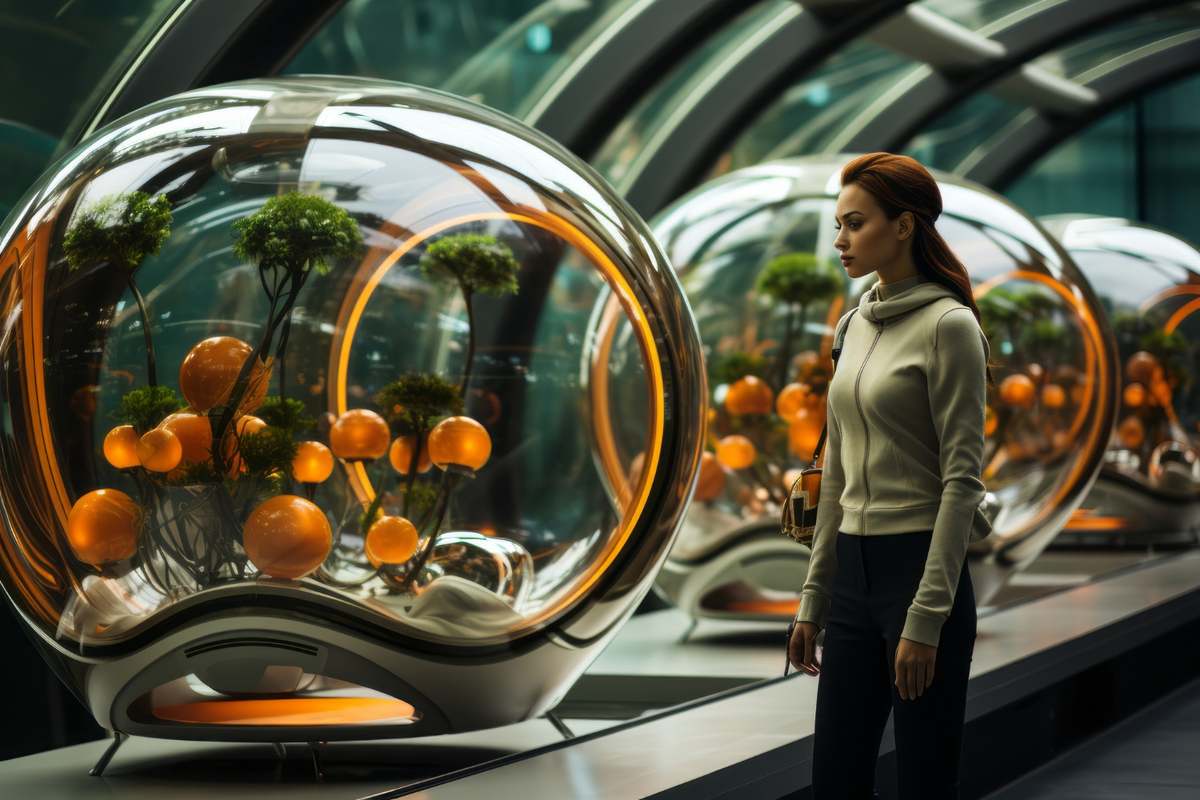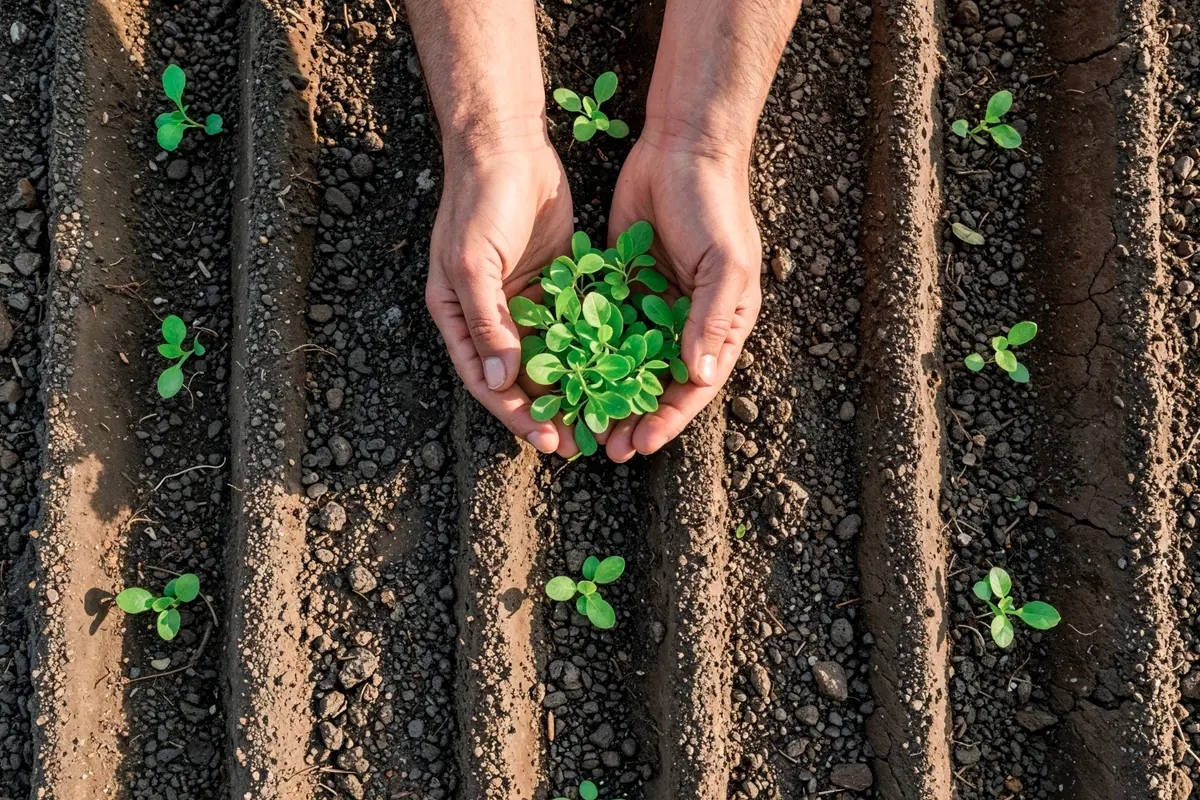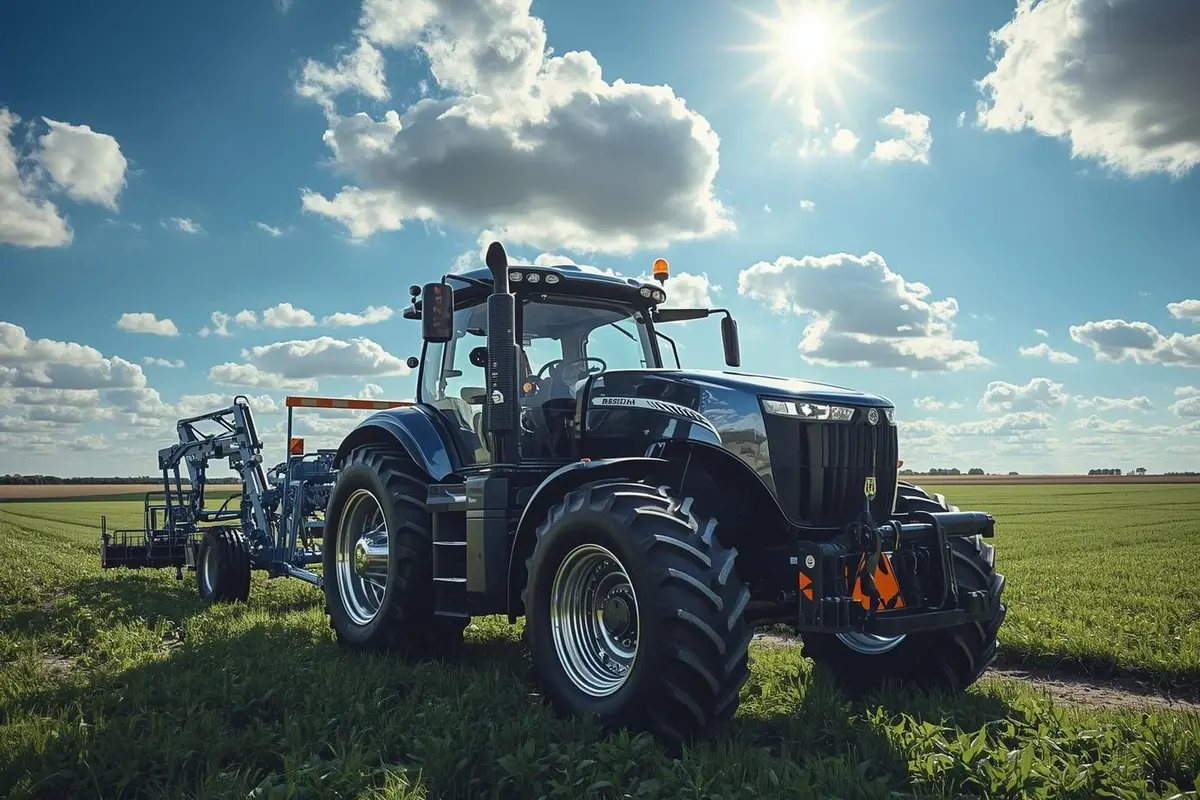As the demand for sustainable and efficient food production grows, soilless farming methods like hydroponics, aeroponics, and aquaponics are revolutionizing modern agriculture. These innovative systems offer alternatives to traditional soil-based farming by using water, nutrients, and technology to grow plants in controlled environments.
While they all aim to increase yield, conserve resources, and enable year-round cultivation, each method operates differently and has unique benefits and challenges. In this article, we’ll explore the key differences between hydroponics vs aeroponics vs aquaponics to help you understand which system best suits your gardening or farming goals.
Table of Contents
What is Hydroponics?
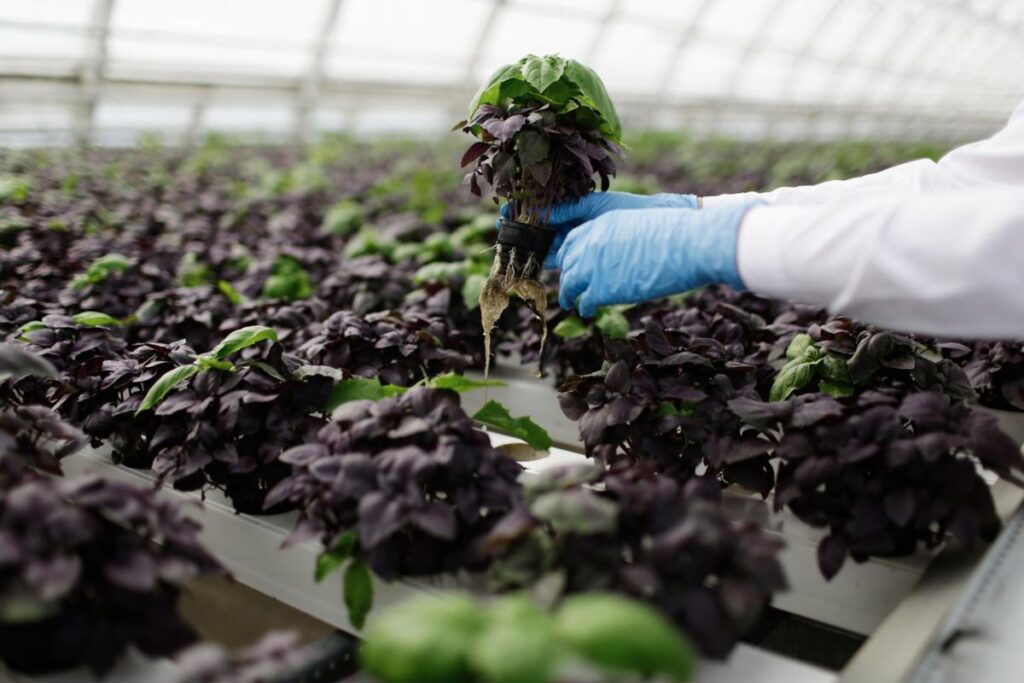
Hydroponics is a method of growing plants without soil, using a water-based nutrient solution to deliver essential minerals directly to the roots. Plants are supported by inert media like coco peat or clay pellets. This system allows for faster growth, efficient water use, and space-saving vertical setups. It’s ideal for urban farming, greenhouses, and controlled indoor environments.
Benefits of Hydroponics
- Saves significant amounts of water
- Promotes faster plant growth
- Requires less physical space
- Minimizes pest and disease issues
- Enables year-round cultivation
What is Aeroponics?
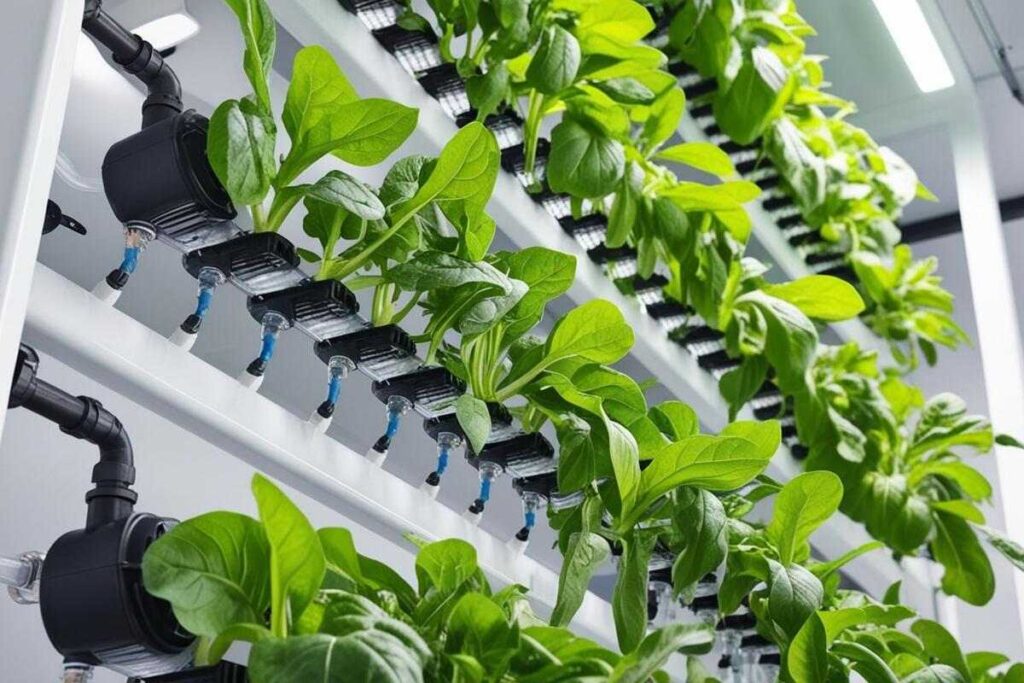
Aeroponics is a modern soilless farming technique where plant roots are suspended in air and misted with a nutrient-rich solution. This method provides maximum oxygen to the roots, promoting faster growth and higher yields. It uses less water than hydroponics and is ideal for space-limited environments like urban farming or space stations. However, aeroponics requires advanced equipment and constant monitoring, making it more complex and costly to manage compared to traditional and other soilless farming systems.
Benefits of Aeroponics
- Uses minimal water compared to other farming methods
- Promotes faster plant growth with high oxygen availability
- Allows vertical and space-efficient farming setups
- Reduces the risk of soil-borne diseases and pests
- Enables precise control over nutrients and environment
What is Aquaponics?
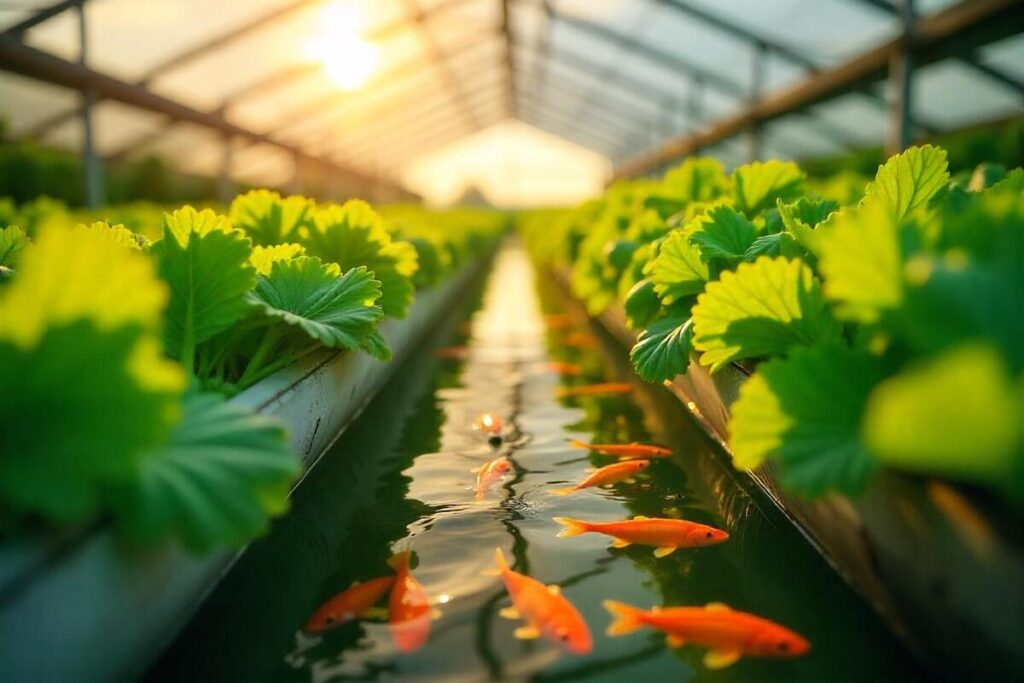
Aquaponics is a sustainable farming method that combines aquaculture (raising fish) and hydroponics (growing plants without soil) in a closed-loop system. Fish waste provides organic nutrients for plant growth, while plants naturally filter and purify the water, which is recirculated back to the fish tanks. This eco-friendly approach reduces water usage, eliminates the need for chemical fertilizers, and produces both fish and vegetables, making it an efficient and environmentally balanced system.
Benefits of Aquaponics
- Produces both fish and plants in one integrated system
- Uses up to 90% less water than traditional farming
- Eliminates the need for chemical fertilizers
- Creates a natural, closed-loop ecosystem
- Reduces environmental impact and food waste
Hydroponics vs Aeroponics vs Aquaponics
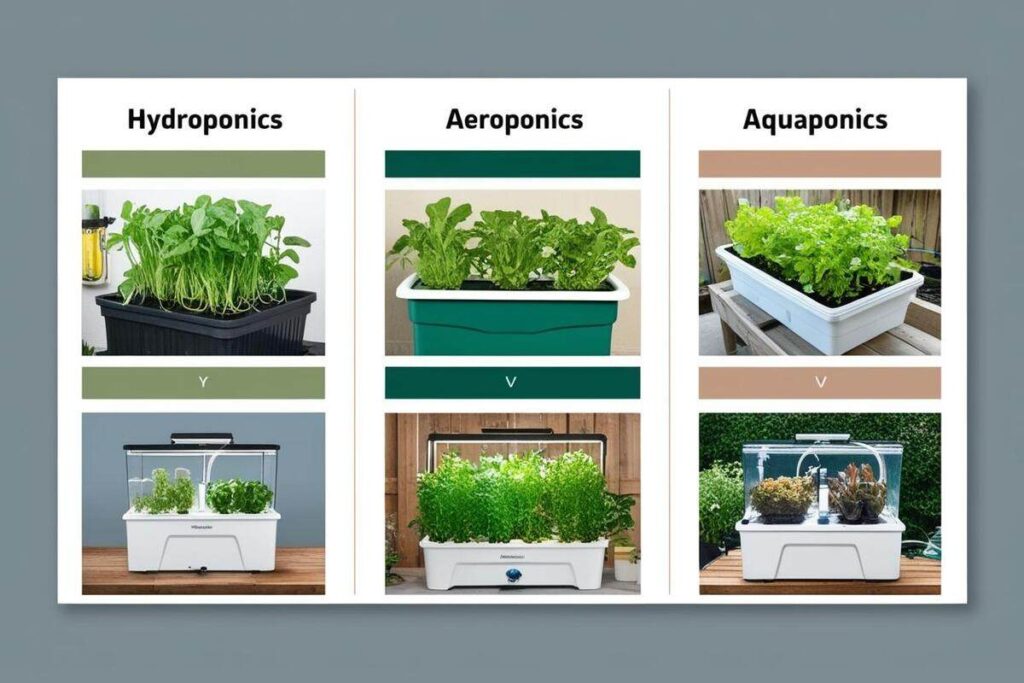
| Attributes | Hydroponics | Aeroponics | Aquaponics |
| Water Usage | Uses about 90% less water than soil farming by recycling nutrient water. | Most water-efficient, using mist to deliver nutrients with minimal waste. | Reuses water from fish tanks, making it sustainable but with more evaporation loss than aeroponics. |
| Nutrient Source | Uses commercially prepared nutrient solutions. | Also depends on synthetic nutrient sprays. | Nutrients come naturally from fish waste, reducing the need for added fertilizers. |
| Plant Growth Rate | Offers fast growth due to controlled nutrient delivery. | Often achieves the fastest growth rates due to better oxygenation of roots. | Slower growth than hydro/aeroponics due to less precise nutrient availability. |
| Space Efficiency | Very space-efficient with vertical system options. | Most space-efficient, as roots are suspended in air. | Requires more space for both plants and fish tanks. |
| System Complexity | Moderate complexity, easier to set up than others. | High complexity with advanced misting and environmental controls. | Most complex, combining fish care with plant and water management. |
| Maintenance | Requires regular pH and nutrient monitoring. | Needs constant system checks and fine mist maintenance. | Involves managing both plant health and aquatic life, requiring more effort. |
| Initial Setup Cost | Moderate cost depending on scale. | High cost due to sophisticated equipment. | High cost as it includes tanks, pumps, and biological filters. |
| Sustainability | Sustainable if managed well, though dependent on external nutrients. | Sustainable but energy-intensive and tech-dependent. | Highly sustainable, forming a closed-loop ecosystem with minimal waste. |
FAQs
What are the disadvantages of hydroponics?
Hydroponics, while efficient, has several disadvantages. It requires a high initial setup cost and constant monitoring of pH, nutrients, and water levels. System failures, such as power outages or pump malfunctions, can quickly harm plants. Additionally, it demands technical knowledge and regular maintenance. The use of synthetic nutrients may also raise environmental concerns if not managed properly. Overall, hydroponics can be complex and resource-intensive for beginners.
What are the disadvantages of aeroponics?
Aeroponics, while efficient and innovative, has several disadvantages. It requires a high initial setup cost due to advanced equipment like misting systems and sensors. The system’s complexity demands skilled management, and even minor failures in equipment can result in rapid plant damage. Aeroponics also requires constant monitoring of nutrient and environmental conditions, which can be labor-intensive. Additionally, the system is limited to certain types of plants, making it less versatile compared to soil or hydroponic farming.
What are the disadvantages of aquaponics?
Aquaponics, while sustainable, has some disadvantages. The system is complex, requiring both fish and plant care, which can be challenging for beginners. It has high initial setup costs due to tanks, pumps, and filtration systems. Regular maintenance is essential to ensure proper water quality and system balance. Fish health issues can directly impact plant growth, and the variety of crops that can be grown is limited. Additionally, power outages or system malfunctions can disrupt the delicate ecosystem, leading to potential losses.

